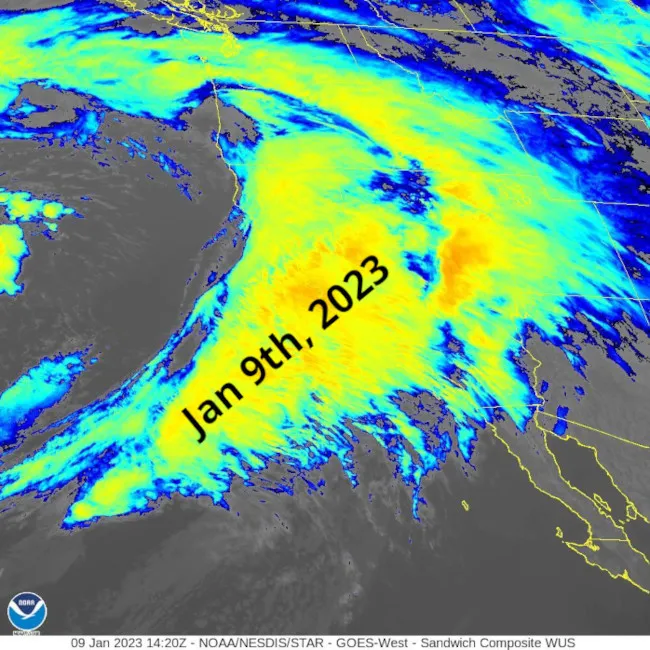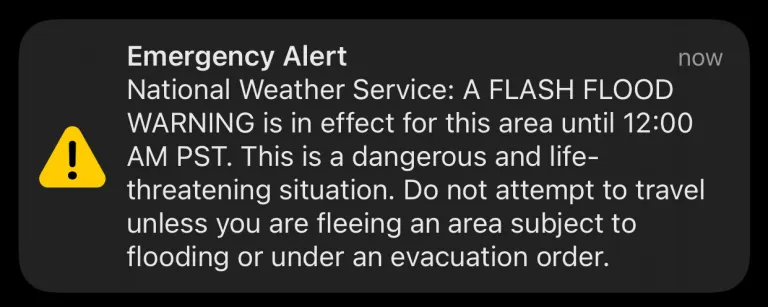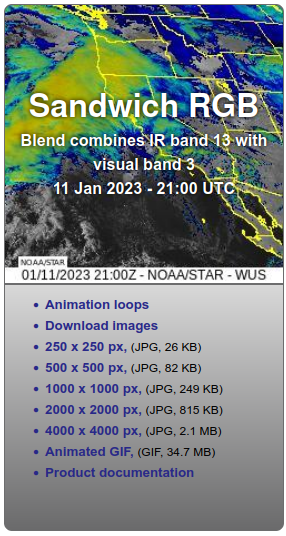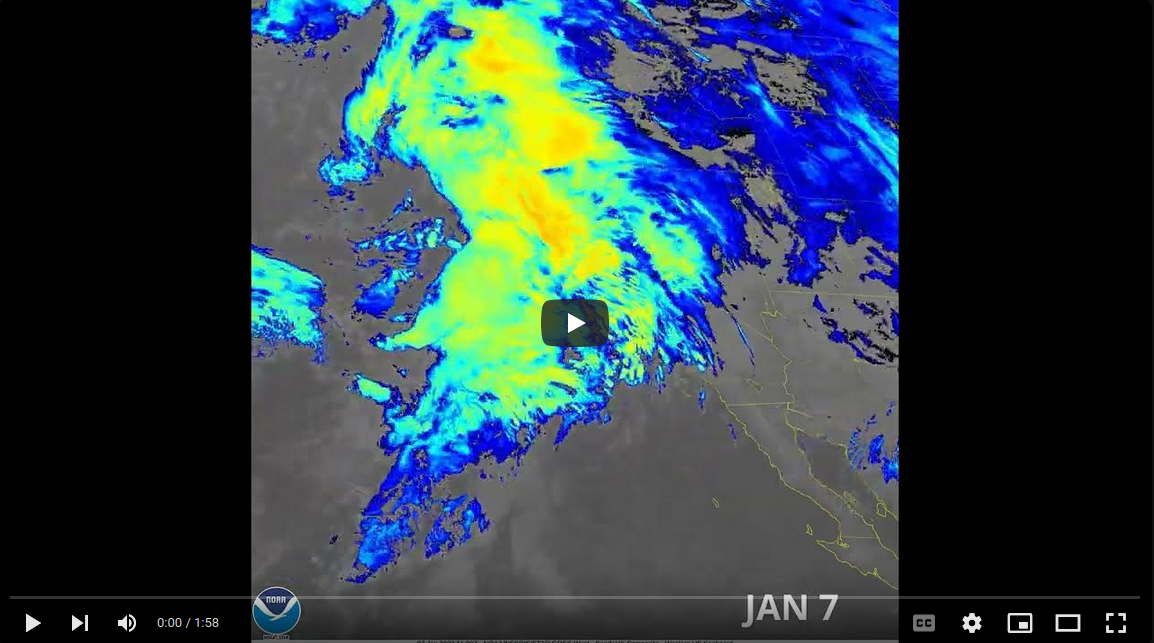West Coast Atmospheric River
Satellite images from GOES-18 operated by NOAA shows just how intense the storms that battered the West Coast have been. However the animation loops provided by NOAA seem to be limited to a 2-hour span. Luckily new images are provided by the this constellation of satellites every 10 minutes and are available for viewing here.
Since I live on the West Coast and experienced these storms firsthand, I was quite interested in what they looked like from the vantage point of these geostationary weather satellites. GOES satellites are designed look down on Earth and capture images in various wavelengths to help us predict the weather and keep tabs on Earth’s ecosystems.
A new image is captured and sent back to ground stations every ten minutes from this floating constellation which is then made publicly available. Wanting to see the storm’s progression starting January 1st through the 10th meant I needed to manually comb through about 1440 images one at a time, and who has time for that especially when I keep getting interrupted with these scary alerts!
Luckily there are a few tools available to accomplish this task with ease. Instead of manually downloading each image, we can make use of wget to handpick and download the images we want. Then use ffmpeg to convert those images into an animated format we want, such as a GIF or an MP4.
If you navigate to NOAA’s, you’ll see a link to “download images”. This will take you two a large index of thousands of images of various sizes. To view the West Coast of the United States you’ll want to use GOES-18. The images we’re interested in are called “Sandwich RGB”. These images are a composite of IR and visual light to provide us with the best view of the water vapor in the atmosphere.
Use wget to download the images we want. Lets grab all of the images that contain “1000×1000” in their name (1000×1000 indicates the pixel size of the image).
1
wget -A "*1000x1000*" -R gif,png -r -np -nc -l1 --no-check-certificate -e robots=off https://cdn.star.nesdis.noaa.gov/GOES18/ABI/SECTOR/wus/Sandwich/
Now that the images are downloaded use ffmpeg to convert them into a video.
1
ffmpeg -framerate 10 -pattern_type glob -i '*.jpg' -c:v libx264 -r 30 -pix_fmt yuv420p output.mp4



